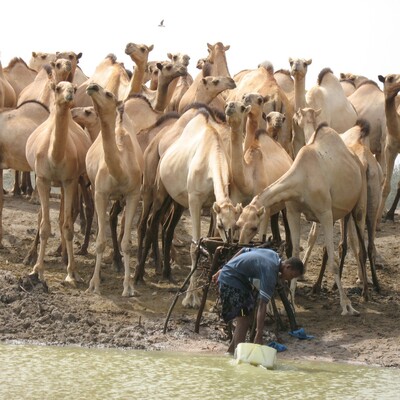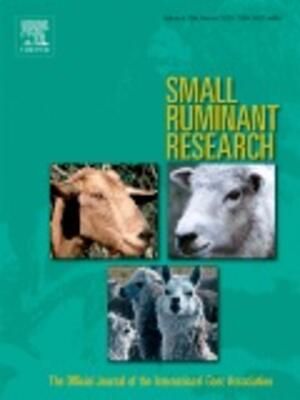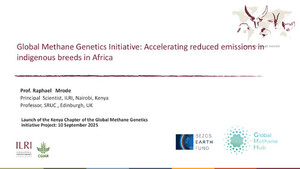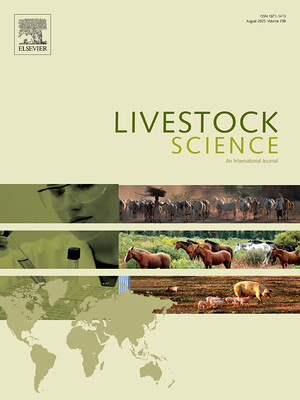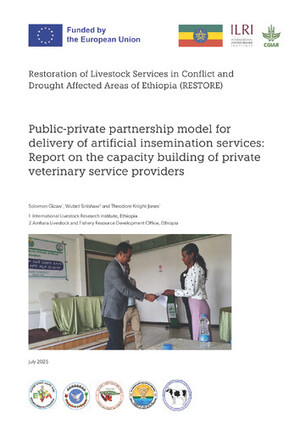
Lamb survival and ewe longevity in a crossbreeding program between indigenous and exotic sheep in semi-arid lands
Abstract
The survival of lambs and longevity of ewes within flocks are important for the sustainability of sheep populations especially in arid and semi-arid lands (ASAL). In this study we conducted pre- and post-weaning survival analysis of lambs and the longevity of ewes of indigenous pure Red Maasai (RRRR), pure Dorper (DDDD), and their crosses comprising F1 (DDRR) and 75%Dorper-25%Red Maasai (DDDR) using Cox and Weibull proportional hazard models. The objective was to determine the genetic and non-genetic factors affecting lamb survival to yearling as well as ewe longevity. Data comprised records on 6,313 lambs and 2,003 ewes. Overall pre-weaning mortality was lower (5%) compared to post-weaning mortality rate (17%). Lambs born during the long dry season had a higher risk of dying than those born during the wet seasons. For both lambs and ewes, the Dorper had the highest risk of dying or being culled. Among the crossbreds, the DDDR lambs and ewes had higher risks of dying or being culled relative to F1 lambs and ewes. The risk of ewes being culled reduced with increasing age at first lambing and parity. Heritability estimates for pre-weaning mortality were higher (0.10 - 0.14) than post-weaning mortality (0.01 - 0.05). The higher heritability for pre-weaning lamb survival in indicates greater genetic variation, presenting an opportunity for selection for lamb survival. Interventions to improve the production environment in the ASAL areas would also improve the survival of lambs and longevity of ewes.
Citation
Oyieng, E., Ojango, J.M.K., Gauly, M., Mrode, R., Okeyo, A.M. and König, S. 2025. Lamb survival and ewe longevity in a crossbreeding program between indigenous and exotic sheep in semi-arid lands. Small Ruminant Research 249: 107520.


